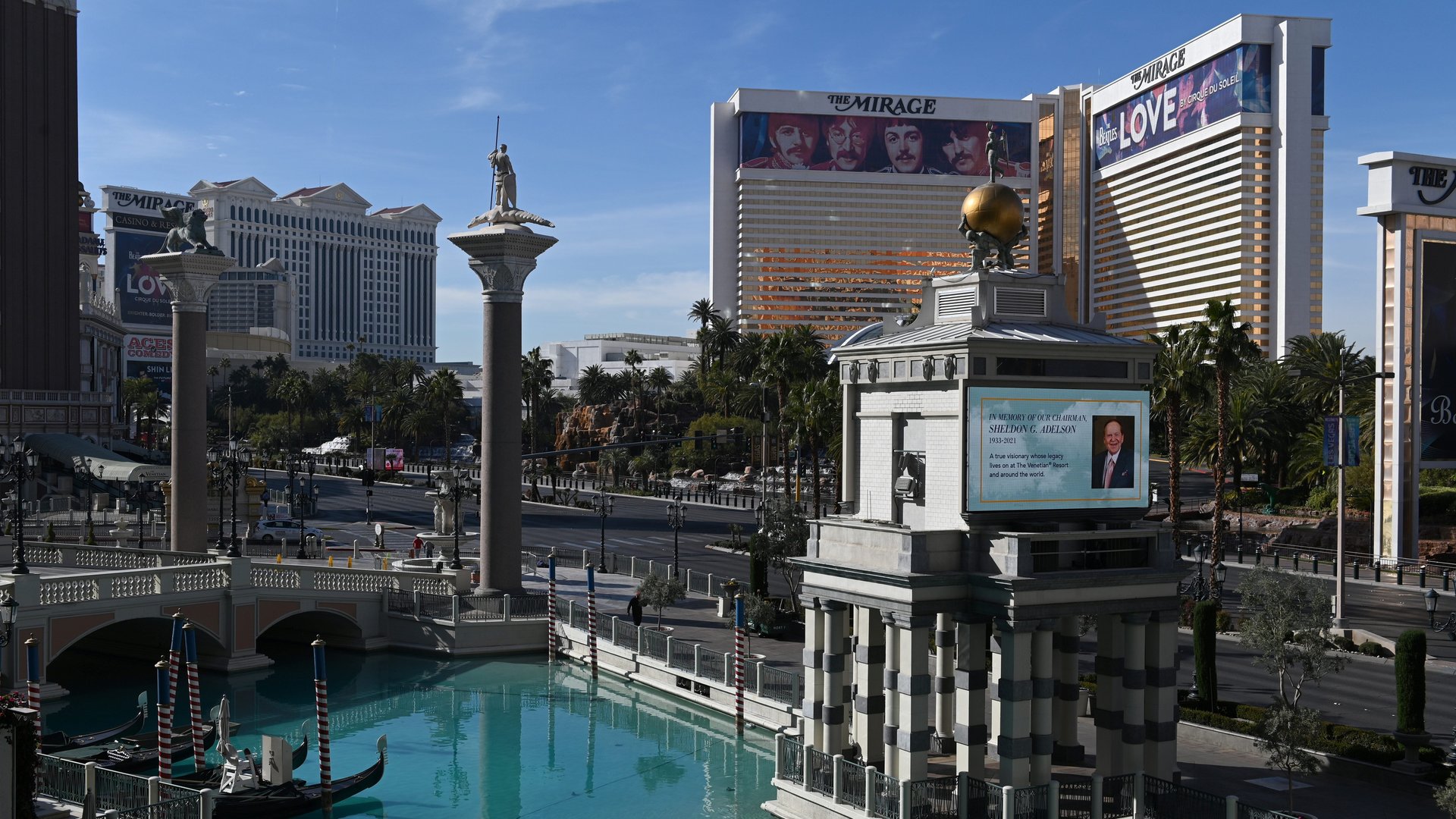Water officials are begging Las Vegas to outlaw ornamental grass
The city of Las Vegas was always a dicey proposition, water-wise: A glittering landscape of pools, fountains, and golf courses in the middle of America’s driest desert, the Mojave. The Hoover Dam and Lake Mead, from which the city draws nearly all of its water, made it all possible. But with the lake shrinking because of long-term drought in the Colorado River watershed, Nevada’s per capita water use remains among the highest in the nation.


The city of Las Vegas was always a dicey proposition, water-wise: A glittering landscape of pools, fountains, and golf courses in the middle of America’s driest desert, the Mojave. The Hoover Dam and Lake Mead, from which the city draws nearly all of its water, made it all possible. But with the lake shrinking because of long-term drought in the Colorado River watershed, Nevada’s per capita water use remains among the highest in the nation.
The biggest culprit—far more than the big casinos—is residential lawns, which draw one-third of Las Vegas’s water (the top 100 residential water consumers, mostly the wealthy residents of sprawling compounds, including Brunei’s Prince Jefri Bolkiah, use up to 100 times more than the average household). But rather than coming after lawns, local water officials want to become the first in the nation to ban another major water use, one without a constituency: So-called “nonproductive turf,” patches of ornamental grass that are wedged on medians, alongside office parks, and other odd corners of the city.
On April 9, officials from the Southern Nevada Water Authority added an amendment to a water conservation bill currently under consideration by the state legislature, that would prohibit any Colorado River water to be used on nonfunctional turf, starting Jan. 1, 2027. All told, such areas amount to 8 square miles in the Authority’s region, which covers the Las Vegas metro area and some surrounding suburbs, and suck down 12 billion gallons of water per year.
The proposal also extends an existing rebate of up to $3 per square foot for property owners who replace grass with desert landscaping. That policy has worked since the 1990s to convert about 7 square miles of nonproductive turf, but participation has slowed, according to the Associated Press.
If the proposal succeeds, it could offer a model for other thirsty cities. In nearby Phoenix, Arizona, the state’s governor Doug Ducey recently acknowledged residents moving to his state were still “building a pool and planting a front lawn,” despite total numbers declining in recent years. Amid drought and population growth, the fast-growing desert state now faces increasing water stress. Ornamental grass may be a luxury it can’t afford.